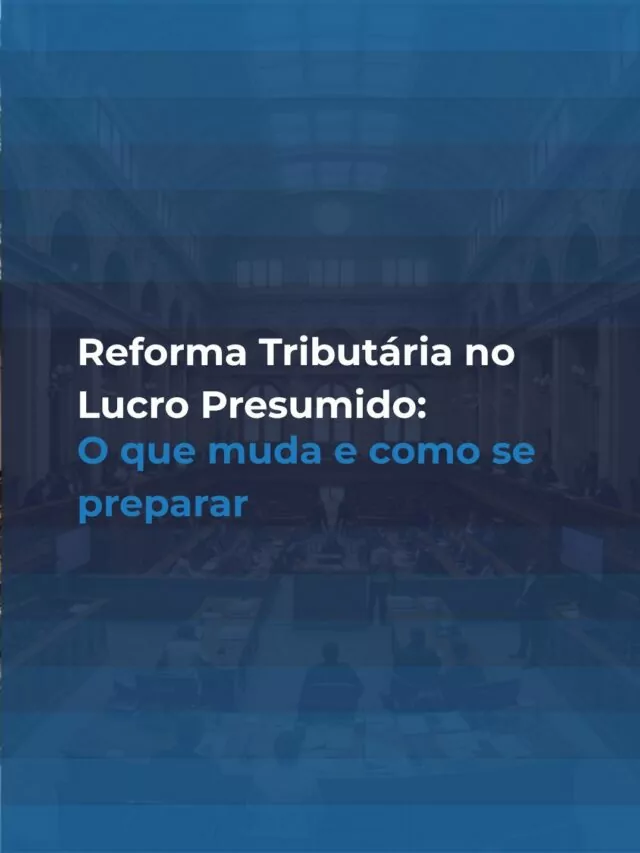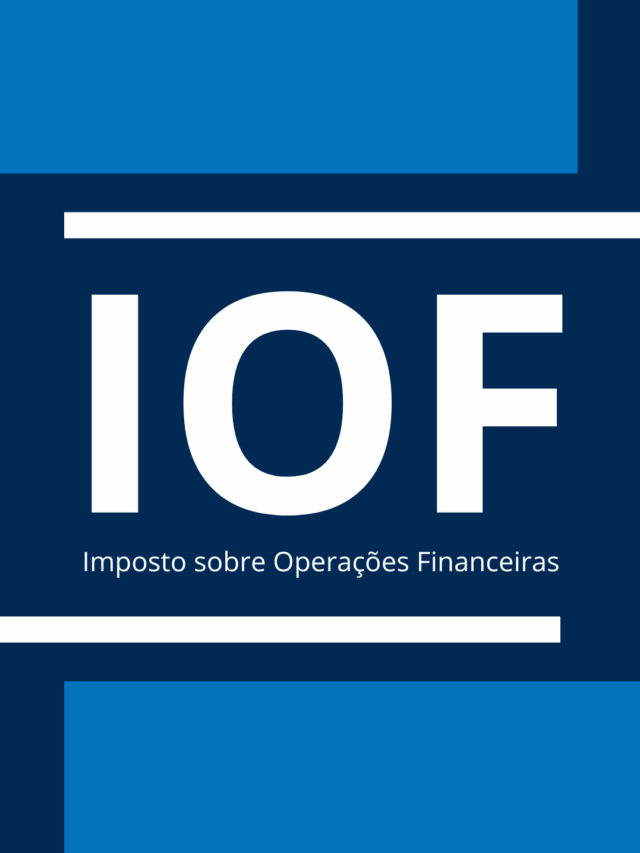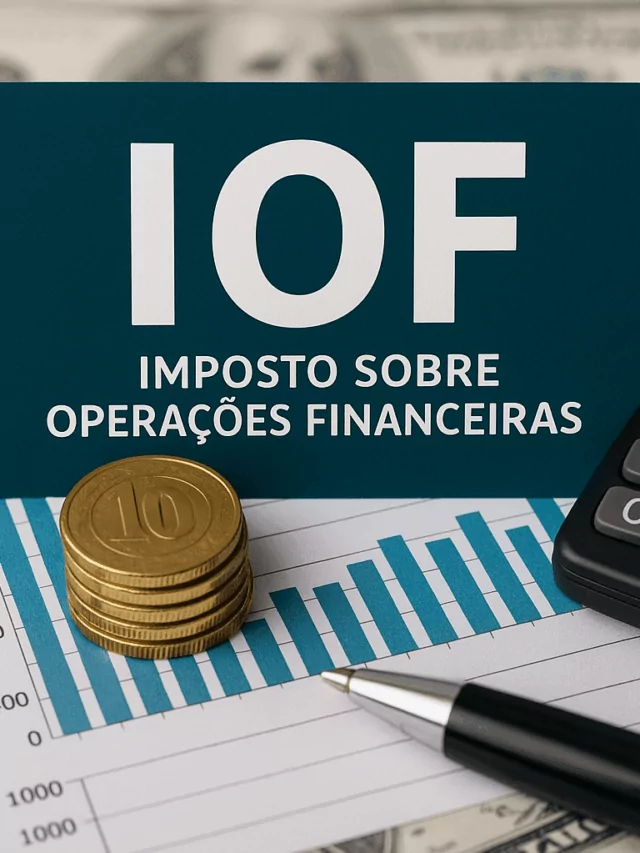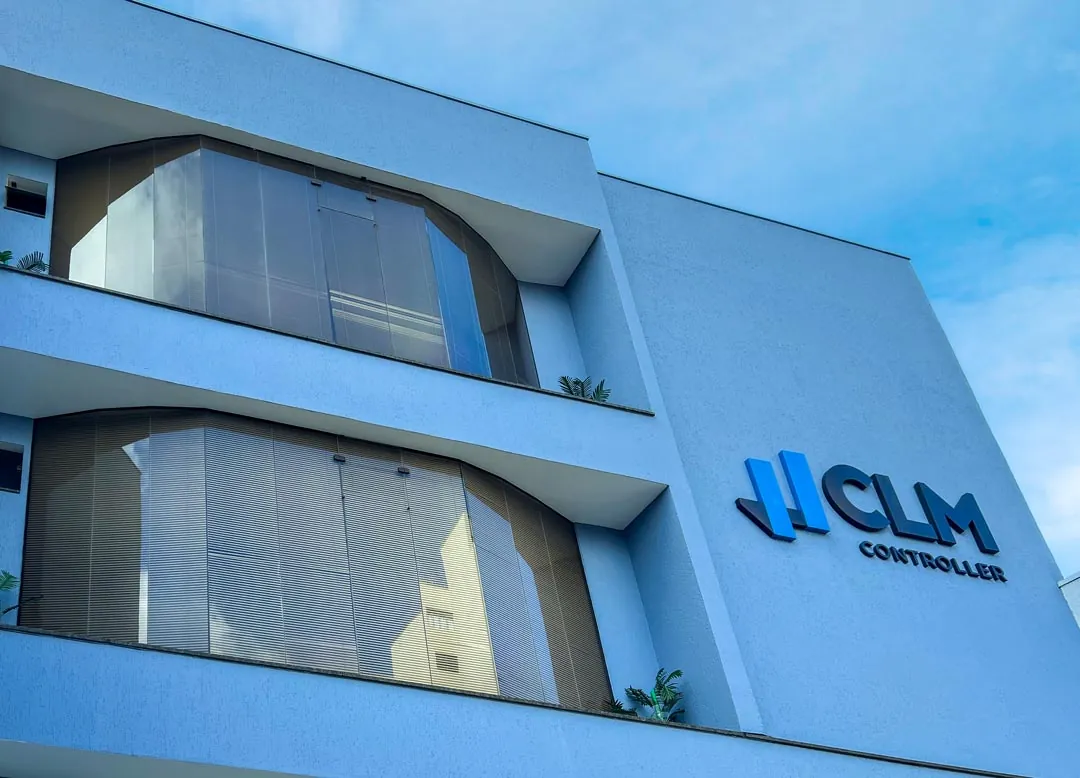The telecommunications sector has always faced one of the highest tax burdens in Brazil. Services such as fixed-line telephony, mobile telephony, broadband internet and pay-TV are subject to various taxes (ICMS, ISS, PIS, Cofins) and sectoral contributions, accounting for around 40% or more of turnover in taxes.
Faced with this complex and costly scenario, the Consumption Tax Reform - approved by the Constitutional Amendment 132/2023 - promises profoundly transform the taxation of telecommunications companies.
In this article, we'll explain which changes are coming (IBS and CBS), how they affect different telecom services and what companies in the sector need to do now to adapt safely.
(By Marcos Ribeiro, tax specialist at CLM Controller).
Current taxation in the telecommunications sector
Currently, the Telecoms deal with a fragmented tax structure:
ICMS (Tax on Circulation of Goods and Services)
State tax levied on communication services (telephony, VOIP, pay TV, etc.). ICMS rates vary from state to state, hovering around 25% for telecom (in some states they were as high as ~30% before recent changes). For example, a telephone bill of R$100 in São Paulo would have around R$25 in ICMS alone.
ISS (Service Tax)
Municipal tax (2% to 5%) applicable to some services not classified as communication. In telecom, not all services pay ISS - Telephony and communication in general pay ICMS, but certain ancillary activities could fall under ISS or even remain in a gray zone.
For example, internet access providers have disputed whether they should pay ICMS or ISS, and there were times when this service was not taxed because it was not clearly defined in the law. In general, however, ISS plays a limited role in the bulk of telecom operations.
PIS and Cofins (Social Contributions)
Federal contributions on gross revenue. They can be calculated under the cumulative (PIS 0.65% and Cofins 3%, without the right to credits) or non-cumulative (PIS 1.65% and Cofins 7.6%, with the right to credits). The big operators are usually in the non-cumulative regime, adding up to 9.25% on revenues from telecom services. These taxes are levied on telephony, internet, TV, etc., significantly increasing the sector's tax burden.
Sectoral Contributions and Fees (Fust, Funttel, Condecine, TFI/TFF)
In addition to the general taxes above, telcos also pay sector-specific charges.
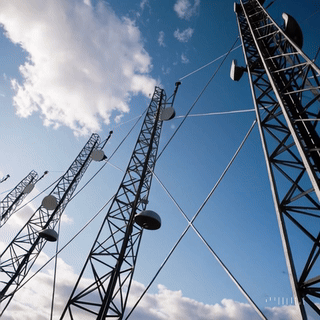
O FUST (Fund for the Universalization of Telecommunications Services) finances the expansion of services and is usually 0.5% of revenue.
O FUNTTEL (Fund for the Technological Development of Telecommunications) is also 0.5%. There is also Condecine (Contribution for the Development of National Cinema), This is levied especially on distributors of audiovisual content (such as pay-TV and streaming operators).
Finally, there are the inspection fees (TFI and TFF), paid to Anatel for licensing and operating telecom stations. These sector charges add around 4 percentage points to the telecommunications tax burden.
In a nutshell, Today, a telecom company pays high state ICMS, possibly ISS in specific cases, federal PIS/Cofins on billing and various sector contributions. This complexity generates a high cost of compliance and a total tax burden that places Brazil among the world leaders in taxation of the sector.
The new unified model: IBS and CBS
A Tax reform consumption will simplify gradual from 2026. The five current taxes on consumption (ICMS, ISS, PIS, Cofins and IPI) will be replaced by just two main taxes:
-
IBS (Goods and Services Tax) - A value-added tax dual, which will be shared by states and municipalities, unifying state ICMS and municipal ISS into one. In other words, instead of having separate ICMS and ISS, there will be one single IBS levied on any good or service (including telecommunications), the revenue from which will then be divided between states and cities.
-
CBS (Contribution on Goods and Services) - A federal contribution unifying PIS and Cofins. Thus, the two current contributions on revenue will become just a federal tax on goods and services in general.
With IBS and CBS, Brazil will adopt a dual VAT model (value-added tax in two spheres). The total tax rate is yet to be defined, but official estimates indicate something around 25% to 28% adding IBS + CBS.
For example, studies point to 17% to 18% for the IBS (sum of states/municipalities) and around 8% to 10% for the CBS (Union), resulting in a reference burden close to 26% to 28%. It's important to note that the telecom sector has not yet been granted any special reduced rate - it must be subject to the standard full rate of dual VAT.
Full non-cumulativeness
Both IBS and CBS will be non-cumulative, In other words, at each stage of the chain the company will be able to take advantage of full credit of the tax paid on all purchases of inputs, goods and services linked to economic activity.
In practice, this means that no more “cascading effect”, This is because everything that costs the company will generate credit to deduct from its sales taxes. This model is close to a Modern VAT, This simplifies the calculation and avoids paying tax “on tax”.
Taxation at destination
Another change is that the IBS will be levied at the place of consumption (destination) and no longer at the place of origin (where the service provider is based). In telecommunications, many services were already taxed in the customer's state, so the destination rule doesn't bring much practical change to the sector. But in interstate cases, it will ensure that the tax benefits the state where the subscriber or user of the service lives, and not where the operator's central office is located.
Selective Tax
The reform also provides for an extra tax (Selective Tax) on harmful products or services (e.g. cigarettes, drinks, pollutants). Telecommunications will be exempt from this Selective Tax, In other words, they will not be classified as a “superfluous service” subject to a surcharge. This has prevented an additional cost increase in telephone, internet and TV services, which is an important relief for the sector.
Read also: Sin Tax, the new Reform tax and its impacts
Gradual transition
The implementation of IBS and CBS will take place gradually, between 2026 and 2032/33. There will be some years in which the old and new systems will coexist. For example, from 2026 onwards, CBS/IBS will be progressively levied, while PIS, Cofins, ICMS and ISS will be gradually reduced.
Only around 2032 will the latter be completely extinct. For telecom companies, this means temporarily living with two tax models at the same time, This requires extra attention in fulfilling obligations during the transition.
Impacts by type of service (Telephony, Internet, TV and Technology)
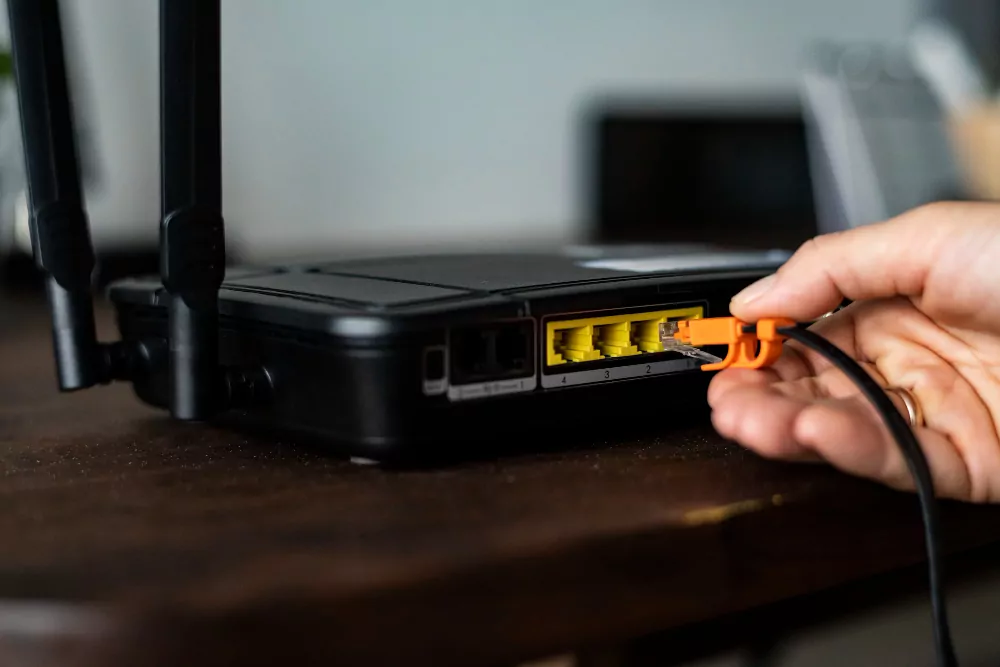
Below, we detail how the changes should affect different segments within the Telecom sector and related technology companies:
Telephony (fixed and mobile) and Pay TV
Telephone and pay-TV operators already had high ICMS (25% or more) and PIS/Cofins taxes on their services, totaling more than 30%. With the reform, telephone and TV will be taxed by IBS + CBS at the standard rate. The expectation is that the effective charge will be close to the current level, or perhaps slightly lower, depending on the final rate.
A positive point for these companies is the standardization and simplificationInstead of dealing with different ICMS laws in each state and ISS laws in each municipality, the IBS will have unified national rules, reducing bureaucracy in the long term.
What's more, with the full non-cumulativeness, operators will be able to take credits from all their costs (network equipment, electricity, contracted services, etc.), reducing the tax impact on their investments and expenses. Currently, they already enjoy ICMS and PIS/Cofins credits, but IBS/CBS tends to expand this credit possibility.
On the other hand, these companies must be aware of the end of tax benefits that some of them enjoyed in the ICMS. Several states granted a reduction in the calculation base or presumed credits for telecommunications; by the reform, by 2032 all ICMS incentives will be phased out. In other words, if an operator today pays ICMS at a discount in a given state, it will see this discount reduced year by year, and may have an increase in the charge up to the full IBS rate.
Internet providers and technology companies
Internet service providers (ISPs) and technology companies that provide digital services will also experience significant changes.
Many regional providers were in a peculiar tax situation: the courts have already ruled that Internet access providers do not constitute a “communication service” for ICMS purposes and were not listed in the ISS law either. This led some to pay neither ICMS nor ISS directly, paying only PIS/Cofins (or possibly ISS, roughly speaking).
With the Reform, this doubt will no longer exist - all internet access services will be taxed by IBS/CBS, There is no room for different interpretations. Thus, providers who previously had a lower load will possibly face a higher and more uniform load.
Estimates from the Abranet association indicate that consumer broadband internet plans could rise by between 15% and 18% in price due to the new full taxation of dual VAT, since the sector was not granted a reduced rate.
For technology companies in general (software developers, SaaS, cloud computing, etc.), the tax transformation follows a similar logic: today many pay ISS from 2% to 5% on IT services and PIS/Cofins 9.25%, This amounts to around 8% to 12% in charges, often cumulative. With IBS/CBS, they will face a tax rate of around 26% on their services.
That's a considerable jump in the nominal rate, but these companies will be entitled to extensive credits that did not previously exist in the ISS. Important costs for technology businesses - for example, software licenses used internally, cloud hosting, equipment and even outsourced services - will now generate IBS/CBS credits.
Thus, although the rate increases, the effective tax can be mitigated by credits, especially for those with many taxed inputs. Even so, purely service companies (with few inputs) may see the burden rise and will need to rethink prices and margins, or look for efficiencies to compensate.
In a nutshell, all Telecom and IT sub-segments will be covered by the new taxes. Sectors previously favored by lower charges or legal discussions (such as ISPs or software companies) will have to adapt to a higher incidence, while sectors already heavily taxed (telephony, TV) tend to maintain a high charge, but with a clearer and possibly more balanced system in the medium term.
Non-cumulativeness, destination and the end of incentives: what changes in practice?
Three principles of the Tax Reform deserve special mention for their impact on telecom planning:
Full credits (full non-cumulative)
Unlike the current scenario, in which there are still cumulative taxes (such as ISS and PIS/Cofins in the simple regime) and various crediting restrictions, IBS/CBS will adopt unrestricted non-cumulativeness. This means that all tax paid in the previous stage becomes a credit in the next stage, without sectoral exceptions.
For telecom companies, this eliminates the cascading effect in investments and purchases. For example, when building infrastructure, an operator paid ICMS on equipment and services but might not fully recover this cost if part of it was ISS or if it exceeded certain credits. Now, every real spent on taxed goods or services generates an equivalent credit when calculating IBS/CBS. The challenge This will require much stricter control of invoices, credit appropriation and compliance, as the volume of credits and debits will increase.
Internal systems and teams will have to be prepared to manage this complex accounting of credits - but the benefit is to significantly reduce the tax accumulated in the business.
Taxation at destination
As mentioned, the tax destination rule takes the collection to where the consumer/user is. In the telecommunications sector, this is already happening to a large extent, This is because telephone bills and TV subscriptions pay ICMS to the customer's state.
Therefore, there will be no abrupt change of destination for telcos. However, the company will need to report its IBS operations separated by federative unit of consumption, which requires billing systems to be able to correctly identify the location of each user (e.g. if a corporate client has branches in several states using the service).
For new technology companies that previously only dealt with local ISS, the idea of sharing tax with destination states is new - they will have to adapt to calculating and collecting IBS possibly for several federated entities.
In essence, destination taxation aims to balance the distribution of resources between regions and put an end to “fiscal war” of states/municipalities vying for company headquarters. For companies, it will be crucial to adapt their operations to multi-regional IBS compliance.
Gradual end of tax incentives by 2032
The reform determines that all current tax benefits for substituted taxes will be extinguished by the end of 2032. In the telecom sector, this includes ICMS exemptions or reductions granted by some states (often to encourage broadband or regional projects), as well as special PIS/Cofins regimes.
The elimination will be progressive (proportional annual reduction of the benefit) and will be no renewal of these incentives. For companies, this means current tax advantages have an end date. For example, if an operator had an ICMS reduction of 50% in a certain situation, this discount will decrease year by year. The consequence could be increased tax burden during the transition, Even before the IBS is fully implemented, if the company now depends on any benefits.
It is therefore essential to map out all the tax incentives the company takes advantage of and recalculate the financial impact of losing them over the next few years. The good news is that, after 2033, there will be a uniform system without distinctions - simpler and more neutral - but until then the sector must deal with a scenario of annual adjustments to the rules.
Sectoral taxes that will remain in force

-
FUST (Fund for the Universalization of Telecommunications Services): a contribution aimed at expanding telephone and internet access in remote areas. It should remain in force for the same purpose (currently with a rate close to 1% on revenues, with 0.5% collected by operators and 0.5% supplementary in some cases).
-
FUNTTEL (Fund for the Technological Development of Telecommunications): sector fund that finances innovation and research in telecom, maintained via a contribution of 0.5% on companies' gross revenues. It continues to apply after the reform, barring any future changes via specific legislation.
-
FISTEL - TFI/TFF (Inspection Fees): the telcos pay the regulatory body (Anatel) the Installation Inspection Fee (TFI) - in the activation of each station or line - and the Operating Inspection Fee (TFF) annually per station in service. These fees (instituted by the Telecommunications Supervision Fund - Fistel) are not taxes on consumption and will continue to be due as normal, because they were not affected by EC 132/2023.
-
Condecine (Contribution for the Development of National Cinema): a charge applied mainly to the distribution of audiovisual content and value-added services such as streaming and pay TV, remains in force. Pay-TV operators, for example, collect Condecine on each subscriber or on advertising broadcast, according to Ancine legislation. This sectoral cost will continue to exist after the reform.
In short, IBS and CBS will simplify general taxationbut Telecom sector obligations will still require attention. According to experts, these funds and contributions could add up to an additional 4% to operators' tax burden. There are ongoing discussions about rationalizing some funds (such as unifying or reducing amounts), but so far there have been no concrete changes. Companies should therefore keep all these sectoral payments on their radar and include them in their financial planning as normal.
Challenges and opportunities for Telecom companies
The implementation of the Tax Reform brings with it a series of new challenges. immediate challenges for telecommunications companies, but also opens up opportunities important in the medium and long term. Let's highlight the main ones:
-
Adaptation of systems and processes: Telcos will need to update their billing, ERP and accounting systems for the new taxes. For a few years, they will have to issue invoices and calculations containing simultaneously ICMS/ISS/PIS/Cofins and IBS/CBS (in proportions that change annually).
-
Review of contracts and prices: With changes in tax rates and taxation, telecom companies must review their commercial contracts.
-
Tax credit management: In the new model, the volume of tax credits to be managed will grow substantially, and this could turn into savings opportunity for those who manage well.
-
Simplification and focus on core business: In the long term, the reform could simplifying tax life of Telecom companies. With a transparent dual VAT, the tendency is to reduce tax disputes over incidence (like the ICMS vs ISS fights in the past) and reduce redundant accessory obligations.
-
Financial impact and planning: It is important to note that, for some companies, the reform will mean changes in the effective tax burden - some will rise, others will fall. Each company must carry out simulations of the impact on its specific case.
How to prepare: tax planning and expert advice
Faced with so many simultaneous changes, the best step for telecom companies is to get ahead of the game. Adapting to the Tax Reform will not be automatic - it requires analysis, strategy and action. Some recommended measures include:
Relying on an experienced tax consultancy in the telecommunications sector can make all the difference. Experts can interpret the new legislation, identify specific risks for your business and propose tailor-made solutions.
Marcos Ribeiro, tax specialist at CLM Controller, He points out that good tax planning now can prevent future problems: “By understanding the new rules and adjusting processes beforehand, the company drastically reduces the risk of non-compliance and even finds opportunities to reduce the tax burden within the law.” In other words, investing in professional guidance is protecting your business at a time of transformation.
-
Training and capacity building: Internally, it's important to train the finance, tax and IT teams on how IBS and CBS work. Hold workshops explaining the concepts of non-cumulative tax, changes in the issuing of invoices, the new method of calculation and accessory declarations. Well-prepared employees will be able to implement the new features more safely and detect any problems before they become serious (for example, identifying whether a system has invoiced the wrong tax and correcting it quickly).
-
Review of compliance and systems: Audit your current systems - are they ready to calculate and highlight IBS and CBS? Will they need extra modules or upgrades? And does the team know how to parameterize it? Many companies are taking advantage of 2024 and 2025 to update your ERPs and tax software with the specifications of the new model. Likewise, review compliance practices: what will tax bookkeeping look like during the transition period? What ancillary obligations will change or cease to exist? Having these answers in advance will prevent last-minute scrambles when the rules come into force.
-
Modeling scenarios and strategies: Finally, use tax planning to simulate the impact of the reform over the next few years. Set up financial scenarios considering the different transition phases (e.g. how much tax I pay today vs. how much I would pay in 2026, 2027, ... 2033).
Conclusion
Tax reform will profoundly transform the taxation of telecommunications companies in Brazil. The sector will move from a complex model, with multiple cascading taxes, to a dual VAT system (IBS/CBS) with more transparent taxation and ample credit.
There will be significant challenges in the transition - such as updating systems, managing two simultaneous regimes and dealing with the end of incentives - but also benefits in terms of future simplification and tax neutrality.
Telecom companies need to act now to understand these changes, adjust their operations and take advantage of tax optimization opportunities. With strategic planning and the support of specialized consultants, it is possible to navigate this historic change safely, reducing risks and maintaining competitiveness.
A CLM Controller is an accounting firm specializing in tax planning, CLM provides tax consultancy and accounting outsourcing services to medium and large companies, including the telecommunications sector. With over 40 years' experience, CLM helps businesses adapt to the new rules of the Tax Reform, reducing risks and optimizing results.





